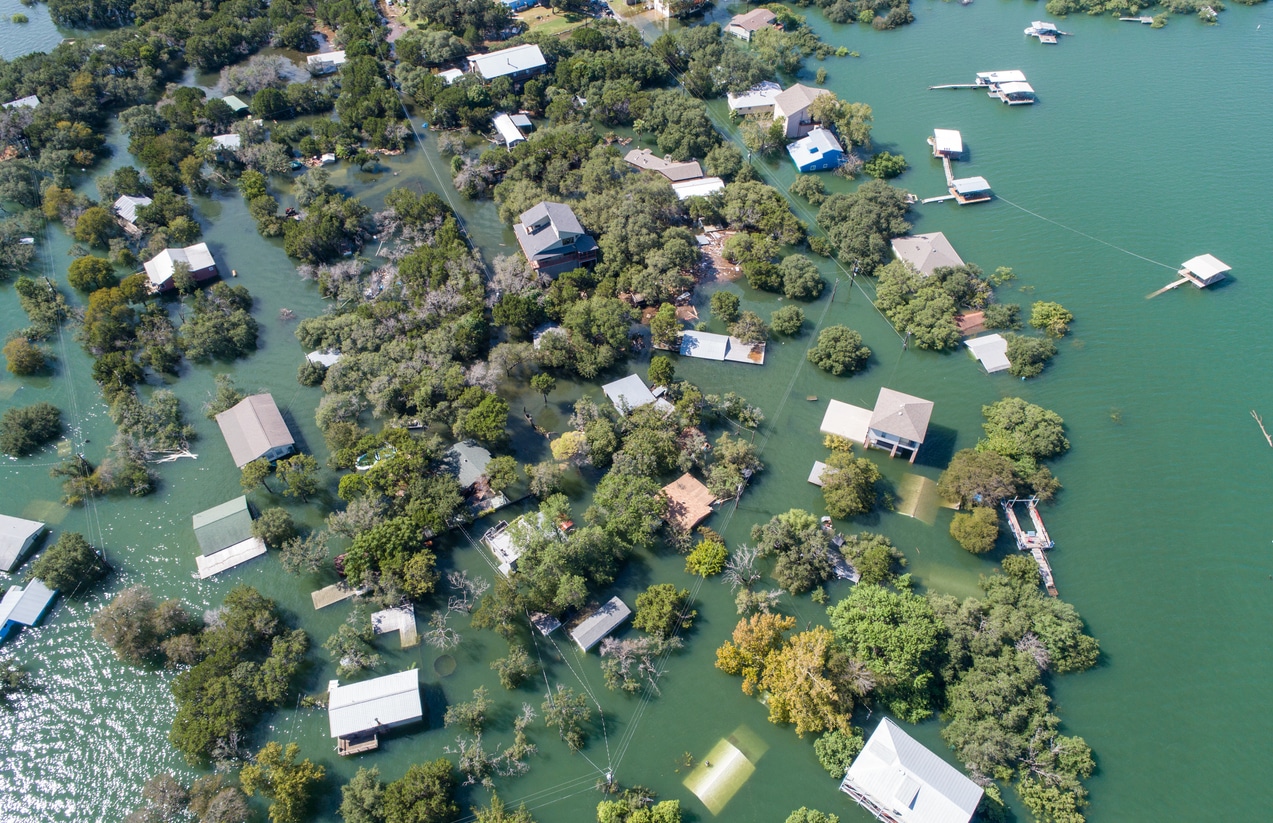In a new policy study, R Street Director of Finance, Insurance and Trade R.J. Lehmann makes the case that the NFIP should cease writing coverage for new construction in 100-year floodplains and that NFIP rates for any new construction should be adjusted to reflect future changes in assessments of flood risk.
Lehmann argues that the NFIP is fiscally unsustainable. Despite billions of dollars in prior bailouts, it still owes $20.5 billion to U.S. taxpayers, and its average expected costs exceed its expected revenues by $1.4 billion a year. Climate change will exacerbate this problem, as sea-level rise turns what once were 1-in-100-year floods into 1-in-10-year or even annual floods.
He finds that new development has grown faster in 100-year floodplains than outside of them, while in several coastal states development in areas projected soon to be 10-year floodplains has grown faster than in safer areas. To remove incentives to build in flood-prone regions, the NFIP should no longer insure new construction in 100-year floodplains.
He points to investigations by several federal agencies that confirm the NFIP’s maps are woefully out of date. Moreover, sea-level rise will require even more extensive changes to those maps in the future. To keep pace with those updates, for all new construction, the NFIP must end its practice of allowing properties to retain lower rates when assessments of their flood risk increase.
Lehmann concludes that “these recommendations offer an important step in what will be an evolving discussion of how to respond to climate change and sea-level rise. Where we can discourage flood-prone land from being developed without laying any new burden on current residents, we simply must take that opportunity.”













